In 1958, a brand-new Chevy model, the Bel Air Impala, was introduced by General Motors.
The changes that were implemented in this incarnation of the latest Chevrolet model brought to field a brand-new automobile that wowed the world.
The original Chevy Impala was a part of the Bel Air series. In this Bel Air series, there was five new Bel Air models: the Bel Air two-door hardtop, the Bel Air two-door coupe, the four-door Bel Air sedan, the four-door Bel Air hardtop, two-door Bel Air convertible. These were known as the third generation Bel Airs. In 1958, the Impala was only available as a hardtop coupe and convertible.
–
–
Interestingly enough, the Impala was named after Southern African antelope due to the new redesign with a new sleeker, longer, and heavier body than the previous year’s models. The name seemed to say everything. In the automobile market, the Impala was considered the sporty trim package created exclusively for the Bel Air tapes and convertibles.
One of the things that was unique about this model was that it had quad-headlights at the front. Hence, the Chevy Impala was among the first to be designed and built with four headlights next to the grill. This feature became synonymous with the Chevy Impala becoming its trademark look. Another significant change to previous Chevy models was that the Chevy Impala offered three taillights on each side of the car.
The model grew in popularity until about 1965 when it was the best-selling full-size car in the United States. Chevrolet got an idea of the popularity of this car in 1958, when it sold 60,000 units as a top-of-the-line Bel Air model. People were really interested in paying extra for the extra added trim and insignias. It really wasn’t until 1959 that the Impala became its own separate model from the Bel Air series. Chevy Impala’s were marketed as prestige cars within the reach of the average citizen.Even today, the Impala has survived in the Chevy line of cars, but there’s nothing else like the original Impala’s debt rolled off the Chevrolet line and the late 50s and early 60s.

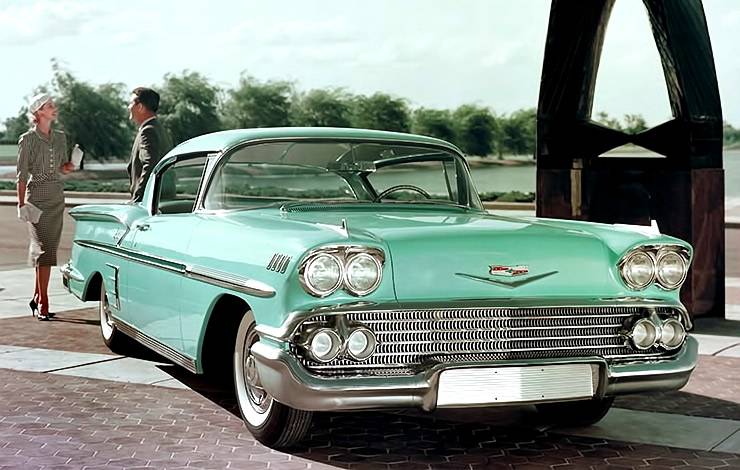
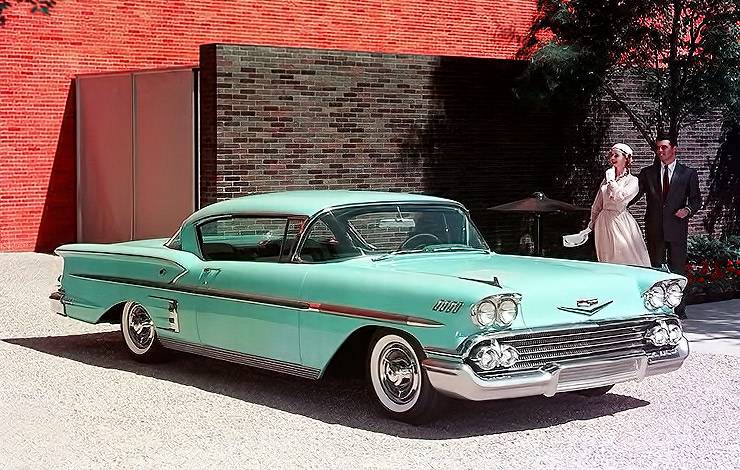
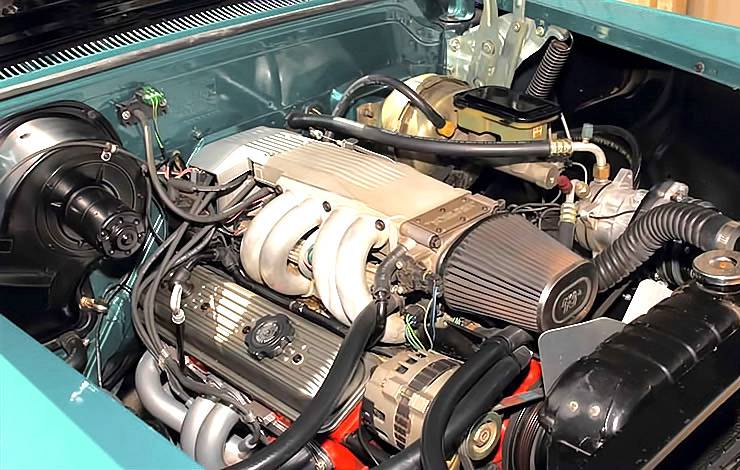


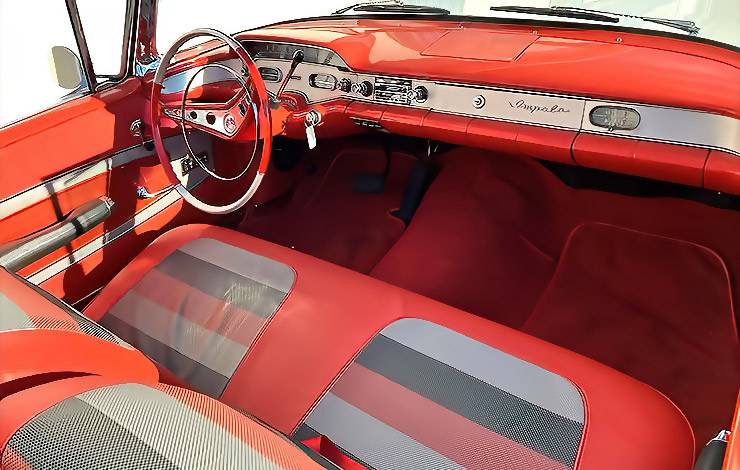











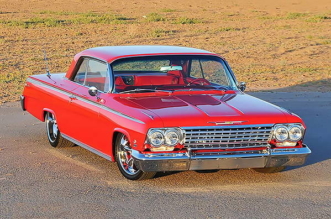
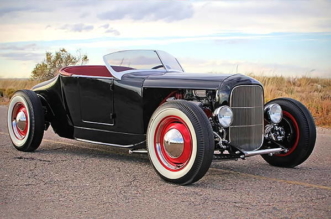
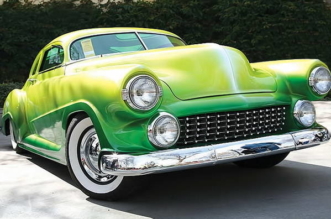









Facebook Comments